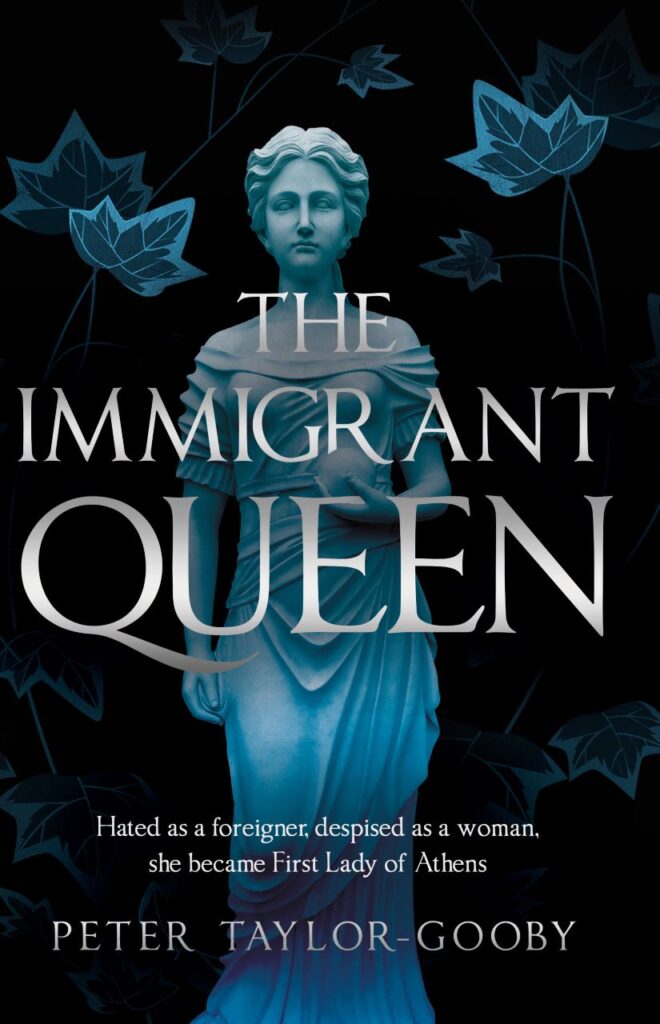The Hundred-Year House
1999, 1955, 1929, 1900. Time’s arrow, loosed in reverse, slows at these points in its flight through Laurelfield estate, home to the old-moneyed, “cursed” Devohrs. The latest scion, Marxist literature professor Zee, moves back home until her machinations can secure a university position for her hapless husband. Said husband, Doug, is mired in his dissertation/literary analysis/biography of little-known poet Edwin Parfitt, resident at Laurelfield in the 1920s, when it was an artists’ colony. Zee’s terror of a mother, Gracie, puts up barriers, but Doug will stop at nothing to search the colony files in the attic (haunted? by the ghost of Zee’s great-grandmother?) for scraps about Parfitt. What he finds is… not what he was looking for.
This book is difficult to describe. So first, NB: it’s good. Really good. Whatever you may feel about the plotting outlined above – pick it up anyway; I haven’t done it justice. To lapse into cliché, you’ll laugh, you’ll cry. But better, you’ll get the &$%@ confused out of you – the novel’s backward structure and generational character threads require one to actually think, perhaps even give it a second read. Characterization is first-rate, the acerbic satire is clever, and the manner of expression provokes me to include an example – of an entitled jerkwad’s BMW purchase: “Doug had gladly joined in Zee’s eye rolling, wondering how Case thought he could blow through his savings, how weirdly sure he was of landing a job the moment he started looking. How a convertible would get him through a Chicago winter. But privately, all Doug wanted to do was lick the hubcaps.”
The 1999 and 1955 sections are strongest, with the 1920s section, told through narrative and the colony files, possessing more perspective changes and a different feel. But all are skillfully executed, and taken together, this is one impressively dimensional book. Highly recommended.










